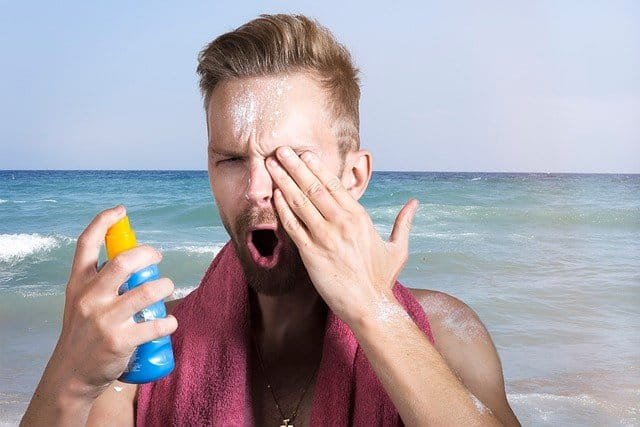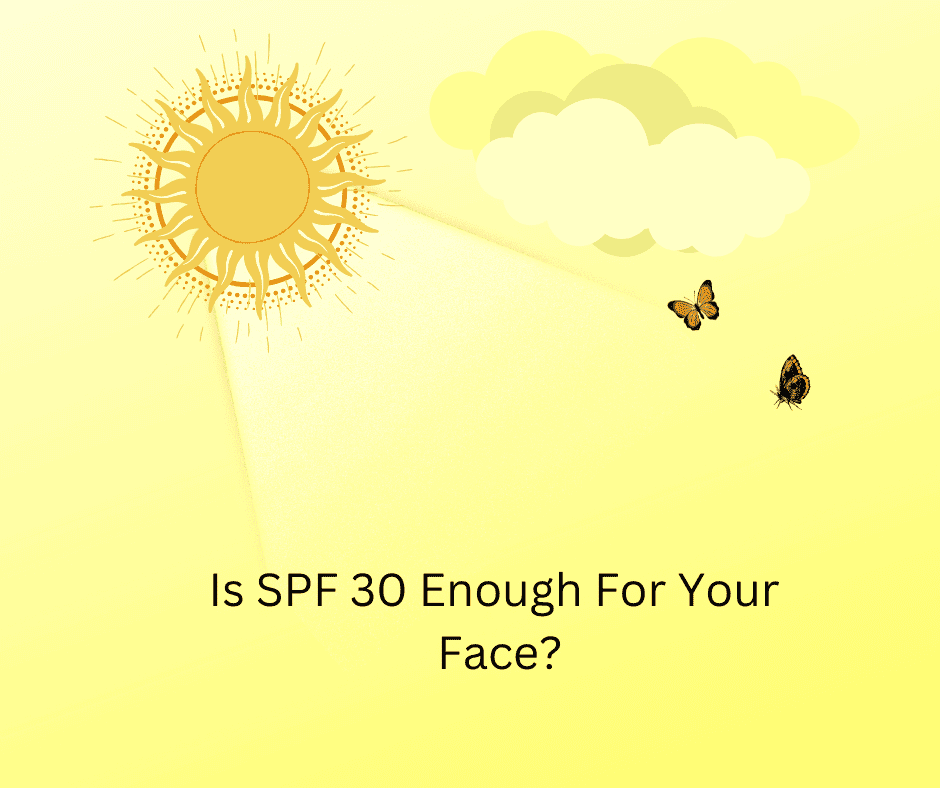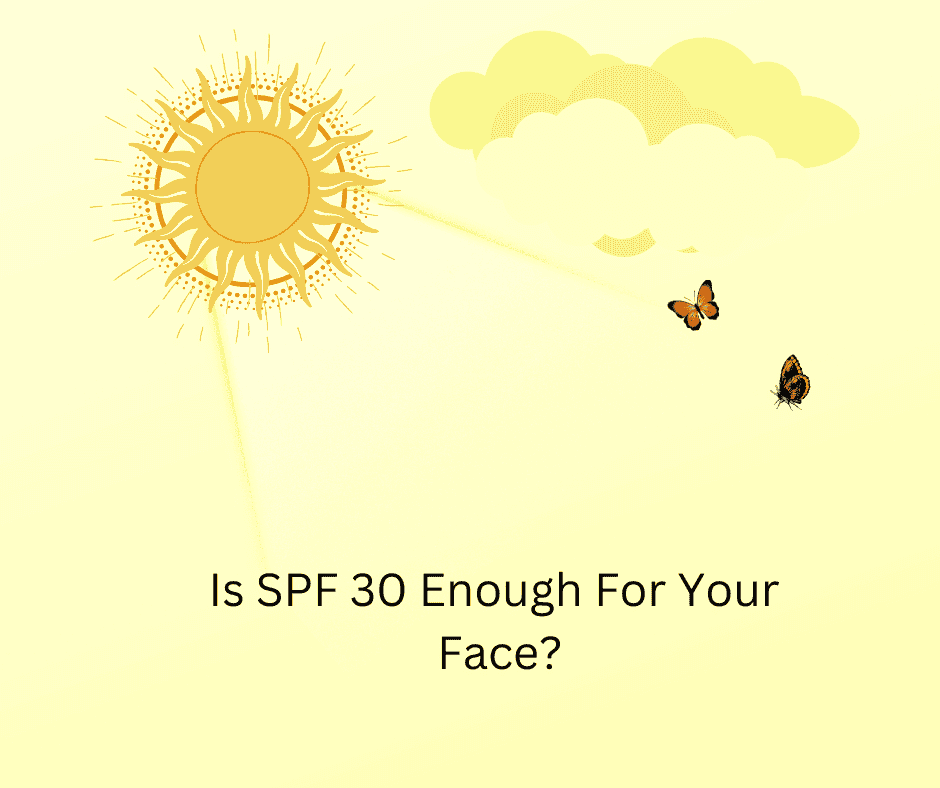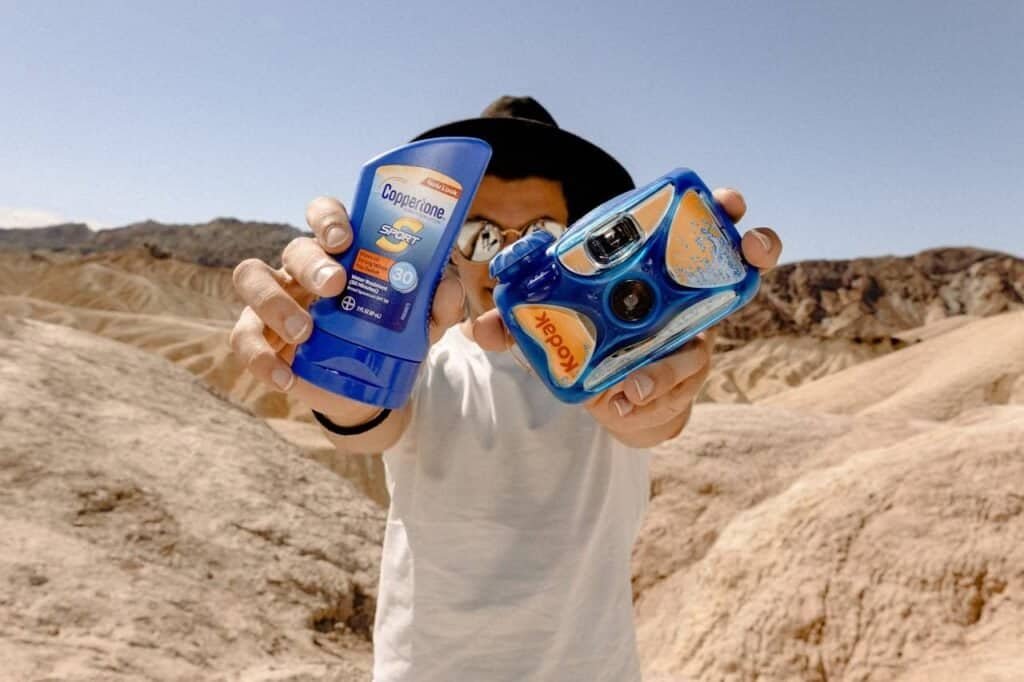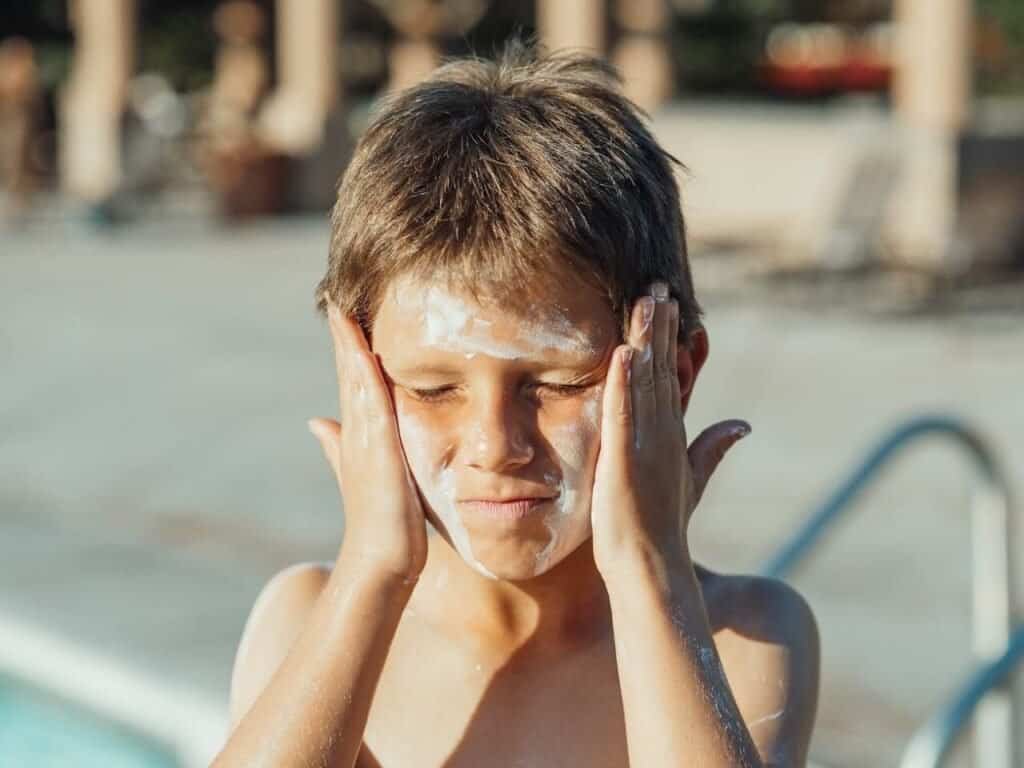
Master the Manscape: A Guide on How to ManScape Downstairs
Let’s face it, guys. We all know the struggle of untamed terrain downstairs. Itchy, uncomfortable, and sometimes embarrassing. The struggle for a well-groomed pubic region is real. But fear not, fellow adventurers! This guide is your roadmap to mastering the art of manscaping. We’ll crack the code on tools, techniques, and aftercare. We’ll leave you with a smooth, stylish, and irritation-free finish. So, ditch the discomfort and grab your trimmer. It’s time to transform your downstairs jungle into a landscaped masterpiece. Ready to learn the secrets the pros know? Dive in!
What we’ll be covering in this Guide to Manscaping:
- Why Should We Manscape?
- What Tools Do We Need.
- Why prep work is crucial.
- Mastering the Technique.
- Bonus Tips.
Let’s dive in Guys! We’ll explore some advanced techniques, tackle common challenges. And even discuss the latest trends in the world of manscaping. So, grab a seat and get ready to refine your downstairs masterpiece! You can also read more about care for the ‘hair on your head’ here.

Conquer the Crop: The Ultimate Guide to Manscaping Downstairs
Let’s be honest, fellas. Untamed pubic hair can be a recipe for discomfort, irritation and even a bit of embarrassment. But fret no more! This ultimate guide will equip you with the knowledge and tools. We’ll help to transform your downstairs jungle into a landscaped masterpiece.
Why manscape? The statistics don’t lie.
Studies reveal that:
● 79% of women prefer their partners to be well-groomed below the belt.
● 60% of men reported feeling more confident after manscaping.
● Proper grooming can help reduce chafing and sweating, especially during exercise.
The Essential Manscaping Toolkit:
● Electric trimmer: Invest in a quality trimmer designed specifically for body hair. Look for features like adjustable guards, waterproof design, and hypoallergenic blades.
● Shaving cream or gel: Opt for a sensitive skin formula to minimize irritation.
● Razor (optional): For a super-close shave, a quality razor can be used, but be extra cautious!
● Scissors: If your hair is long use sharp scissors to trim bulk before trimming or shaving.
● Mirror (handheld for hard-to-reach areas): A good view is essential for precision.
● Warm water and washcloth: For cleansing and rinsing.
● Moisturizer (fragrance-free): Hydrate the area to prevent dryness and irritation.
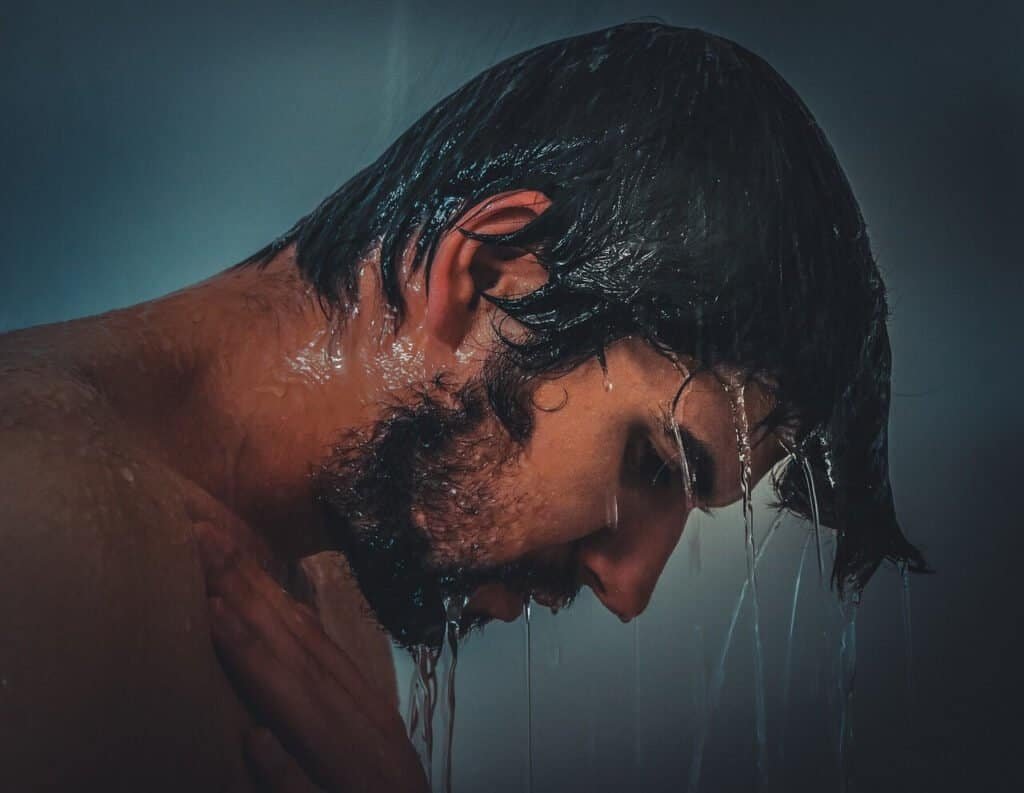
Mastering the Technique: A Step-by-Step Guide
- Prep is Key: Take a warm shower to soften hair and loosen skin.
- Exfoliate: Gently exfoliate with a washcloth or scrub to prevent ingrown hairs.
- Trim Time: If your hair is long, use scissors to remove bulk first. Attach your desired guard length to your trimmer and begin trimming. Go with the grain (direction of hair growth) for a comfortable first pass.
- Going Closer? (Optional): If you desire a closer shave, you can carefully shave against the grain with a razor. However, be extra cautious to avoid nicks and irritation. Remember: This isn’t a race for the smoothest finish. Focus on comfort and avoid irritation.
- Mind the Sensitive Bits: The scrotum and genitals need extra care. Use a gentle touch and avoid trimming or shaving too close.
- Rinse and Soothe: Rinse the area with cool water and pat dry with a clean towel. Apply a fragrance-free moisturizer to prevent dryness and irritation.
- Let it breathe: Wear loose-fitting clothing for a while to avoid chafing.
Beyond the Basics: Pro Tips and Considerations
● Shaving vs. Trimming: Shaving provides a closer shave. This comes with a higher risk of nicks, ingrown hairs, and razor burn. Trimming is a safer option for beginners and those with sensitive skin.
● Taming the Ingrown Hairs: Ingrown hairs can be a nuisance. Exfoliation can help prevent them, and if they do occur, applying a warm compress can help soothe the area.
Maintaining Your Manscape: Establish a regular grooming routine. Depending on your hair growth rate, weekly or bi-weekly trims might be ideal
Conclusion: Manscaping is a personal choice. There’s no one-size-fits-all approach. Experiment with different techniques and styles. Find what works best for you and your comfort level. Confidence starts from the ground up. So conquer that crop and embrace a smooth, irritation-free downstairs!




